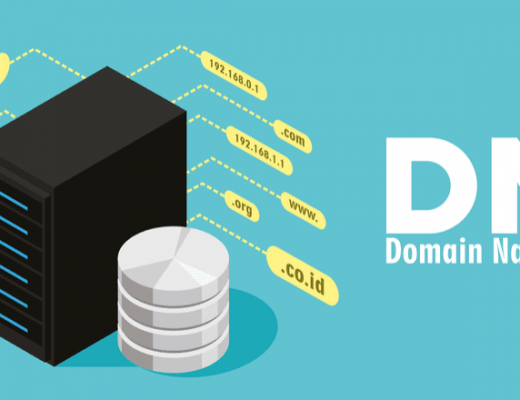APIs (Application Programming Interfaces) play a crucial role in enabling communication between different software applications. cURL (Client URL) is a command-line tool widely used to transfer data with URLs, supporting various protocols including HTTP, HTTPS, FTP, and more. When dealing with APIs, often data exchange occurs in JSON (JavaScript Object Notation) format due to its simplicity and readability. In this blog post, we’ll explore how to use JSON files with cURL for efficient data transfer.
Understanding JSON
JSON is a lightweight data interchange format that is easy for humans to read and write and easy for machines to parse and generate. It consists of key-value pairs and arrays, making it ideal for transmitting structured data between a server and a client.
Here’s a simple example of JSON data representing a user:
{
"name": "John Doe",
"email": "john@example.com",
"age": 30
}Using JSON Files with cURL
cURL provides a convenient way to send and receive data using various protocols. When dealing with JSON data, you can either pass the JSON directly in the command or reference a JSON file.
Passing JSON Data Directly
You can pass JSON data directly within the cURL command using the -d or --data option followed by the JSON string enclosed in single quotes. For example:
curl -X POST -H "Content-Type: application/json" -d '{"name": "John Doe", "email": "john@example.com", "age": 30}' http://api.example.com/userThis command sends a POST request to http://api.example.com/user with the JSON data in the request body.
Referencing JSON Files
Alternatively, you can store the JSON data in a file and reference it in the cURL command using the @ symbol followed by the file path. This approach is useful for larger JSON payloads or when the JSON data is dynamically generated.
Let’s assume we have a JSON file named user.json with the following content:
{
"name": "John Doe",
"email": "john@example.com",
"age": 30
}To send this JSON data using cURL, you can use the following command:
curl -X POST -H "Content-Type: application/json" -d @user.json http://api.example.com/userThis command sends a POST request to http://api.example.com/user with the JSON data from the user.json file in the request body.
Advantages of Using JSON Files with cURL
Using JSON files with cURL offers several advantages:
- Modularity: JSON files separate data from the command, promoting modularity and easier maintenance.
- Ease of Editing: JSON files can be easily edited using any text editor, allowing quick modifications to the data without changing the cURL command.
- Reusability: JSON files can be reused across multiple cURL commands, reducing duplication and promoting consistency.
- Readability: Storing JSON data in files improves readability, especially for complex or lengthy payloads.
Conclusion
JSON files provide a convenient way to manage and transmit data when using cURL for API interactions. Whether you’re sending simple or complex JSON payloads, leveraging JSON files with cURL enhances efficiency, modularity, and maintainability in your development workflow. By understanding how to utilize JSON files effectively, you can streamline your data transfer processes and build robust applications with ease.

